Craft
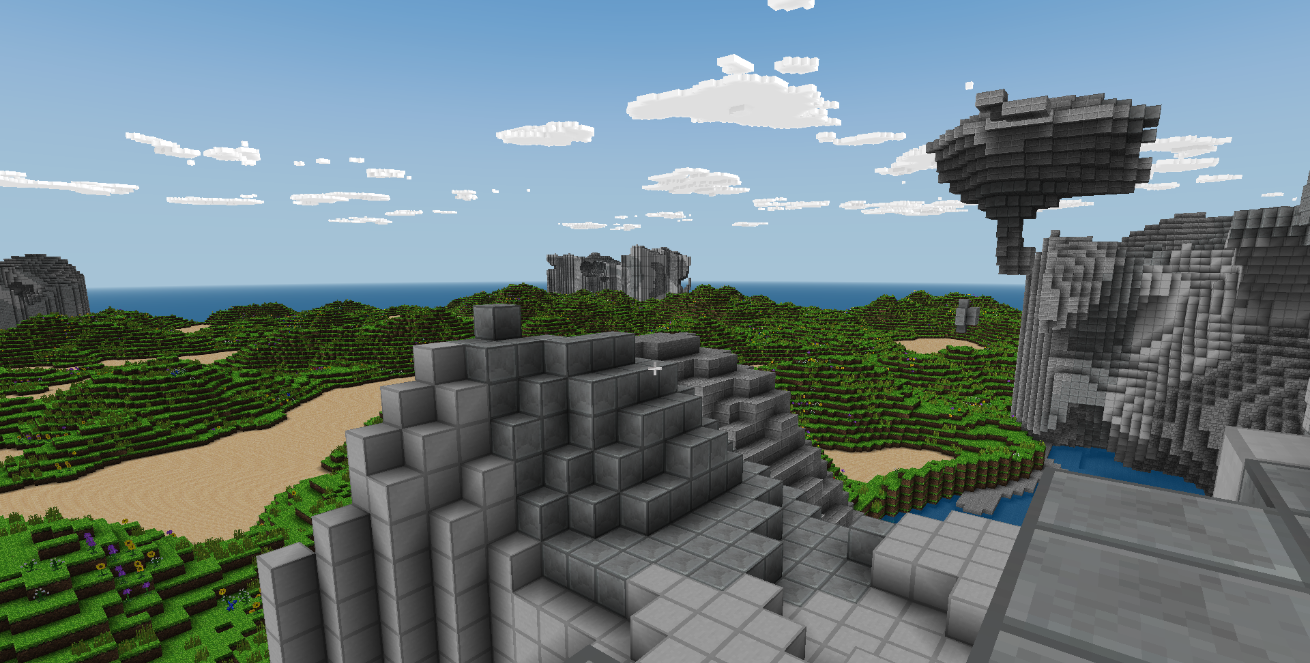 We have decided to port over a promising Minecraft clone to the libretro API. The original source repository can be found here, and the libretro repository can be found here.
We have decided to port over a promising Minecraft clone to the libretro API. The original source repository can be found here, and the libretro repository can be found here.
Windows/Linux/OSX users can already download this core by going to the Core Updater and downloading ‘Craft’. You can directly start the core since it requires no content to be loaded, it can be started as-is without needing any ROM or content file.
The original Craft upstream repository was a bit barebones, so we have decided to expand this port:
- Biomes were added (these were located on a branch that was never merged into master), this adds hills / fortresses as can be seen in the screenshot
- Water was added (this was located on a branch, never merged into master).
- More sophisticated sunrise/sunset color blending (from Konstrukts).
- A ‘Jumping Flash’ mode that allows you to jump infinitely into the air all while the camera faces downwards.
- Configurable draw distance. The draw distance has a big effect on the framerate, a draw distance of 1 or 2 can make this core playable even on very lightweight computers.
- Configurable field of view.
- Gamepad support (including analog stick support) configurable analog sensitivity and deadzones, preliminary mouse and keyboard support.
- Configurable resolutions, up to 4K.
- A lot of changes under the hood, some of them which are detailed in the Making Of Article.
Some things have been stubbed out so far such as the libcurl support which is required for the login authentication system to work. Network support will undoubtedly become a priority in the upcoming weeks as we plan to flesh out the main game’s content.
So far, one user has reported that he has gotten it to work on a Raspberry Pi although there are still some graphics glitches. It does not work so far on Android/iOS, and we are eagerly intending to fix that as soon as possible.
Expect to see big changes for this core. It’s currently very bare bones but it won’t be for long.
Rustation
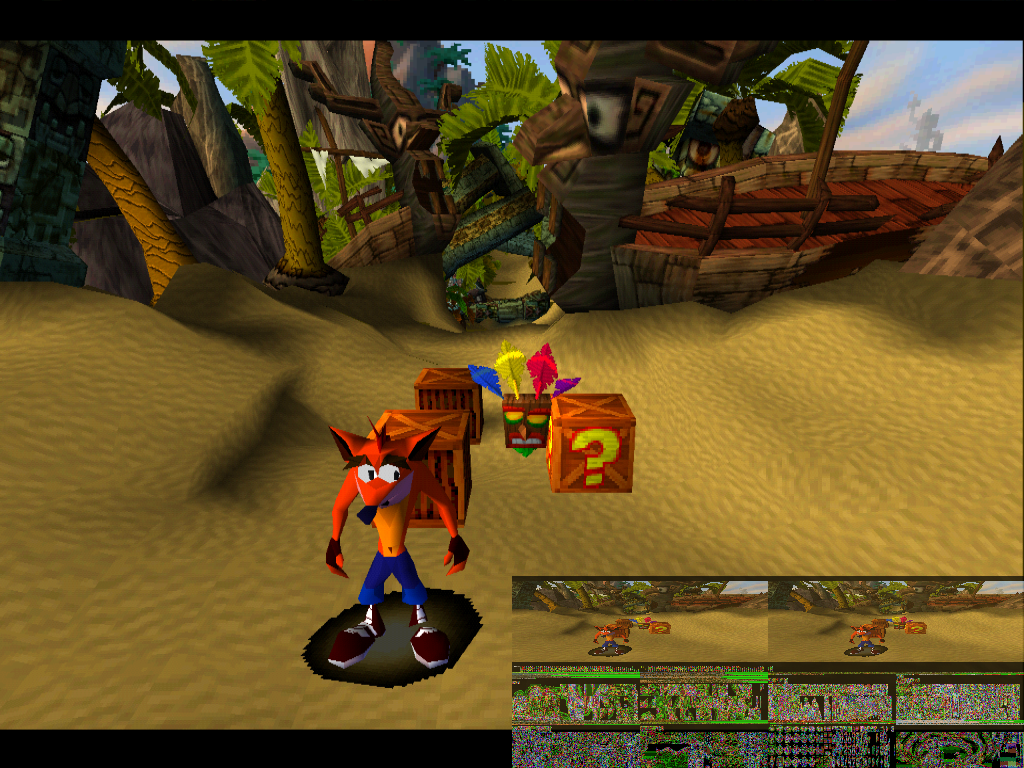
This is an up-and-coming Sony PlayStation emulator made by simias (Lionel Flandrin). The libretro repository can be found here, and the upstream repository here.
Rustation requires OpenGL and has been written entirely in Rust instead of C/C++. It interfaces with the libretro API through Rust bindings that have been written some time ago by an external contributor.
Mednafen/Beetle PSX
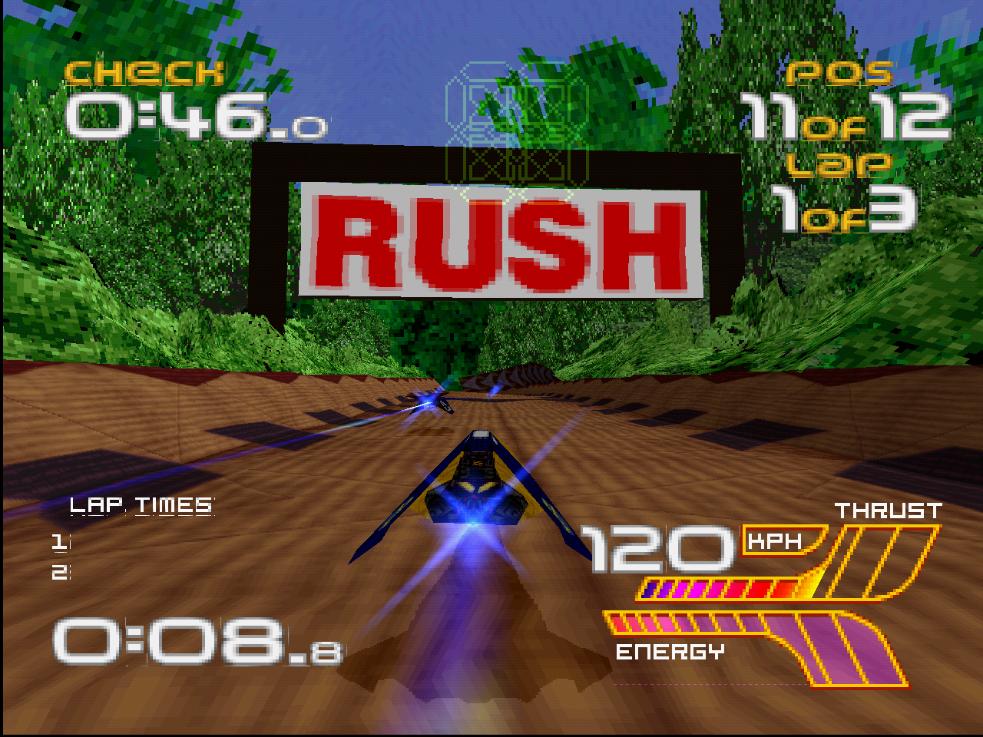
Mednafen/Beetle PSX has been a libretro core for quite some time now. As a direct result of the work that has gone into Rustation in recent weeks, simias has backported a considerable number of enhancements to the Mednafen/Beetle PSX core.
These include:
CPU Overclocking – Turning this core option on will eliminate drastic framerate drops in many games without any perceivable side-effects. Plenty of PlayStation games struggled to maintain a consistent framerate, Tomb Raider for instance would often drop down to 20fps and even the low teens in certain scenes. Other examples include Castlevania: Symphony Of The Night: after beating a boss, a spot effect would bring the framerate to its knees for around 4 to 5 seconds.
Resolution upscaling – Mednafen/Beetle PSX is no longer limited to native resolution but can now be upscaled to 2x , 4x or 8x its original size. This greatly enhances the quality of the graphics at the cost of performance (and some minor graphics glitches when going above 2x). The graphics are still software-rendered.
Dithering – Dithering would be used by Nintendo 64 and/or PlayStation games to simulate higher color depth at the side effect of having some dithering patterns which a CRT TV would smooth over anyway and make nearly imperceptible. The alternative would have been color banding which would have been worse and definitely noticeable. However, dithering is a little more noticeable now on high definition screens than it ever was on a CRT. Dithering is now configurable, it can be turned off, left to its original native scale or upscaled depending on the upscaled resolution (if going above 1x).
This is not all that simias has brought to the table though. The next feature is not yet ready but it will be a definite game changer once a little further along:
Upcoming – OpenGL rendering
Right now work is underway on an OpenGL renderer for Mednafen/Beetle PSX. Essentially this is Rustation’s renderer made to work as a video plugin for Mednafen/Beetle PSX. This is mutually beneficial for both the Rustation and Mednafen PSX project this way, the Rustation graphics renderer can be battle tested against a more mature emulator and Mednafen/Beetle PSX in turn is finally no longer limited to slow software rendering.
Some work-in-progress screenshots. Do note that many things are still missing, you might be able to tell some of them in the current screenshots (missing blending for some textures, no sprites/lines being sent yet to the external renderer, etc.)
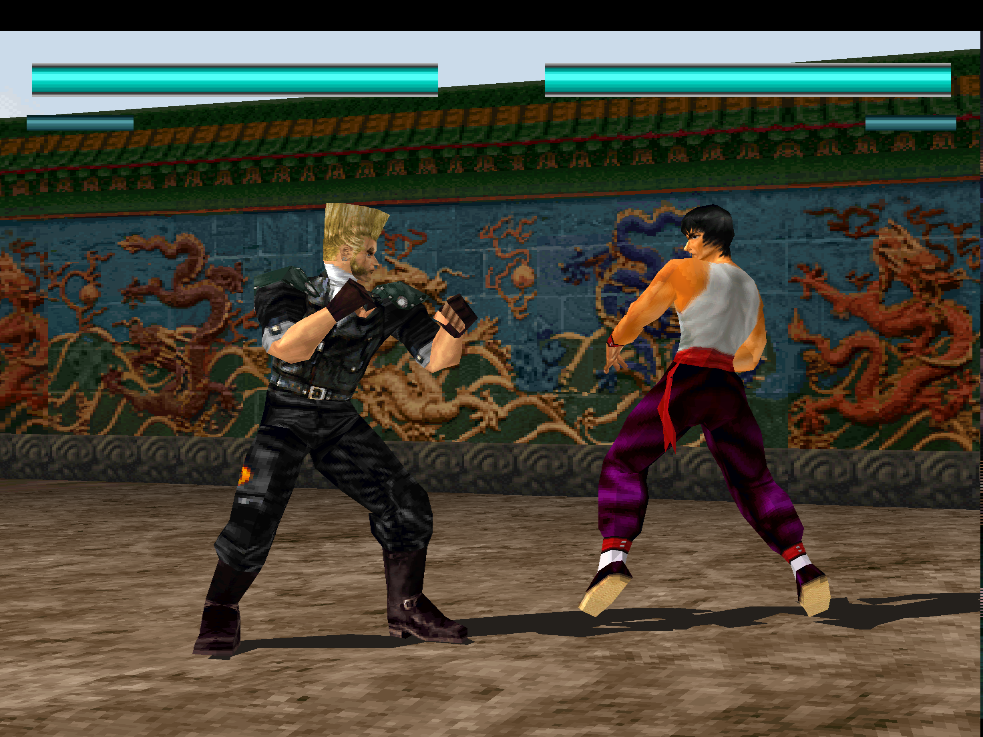
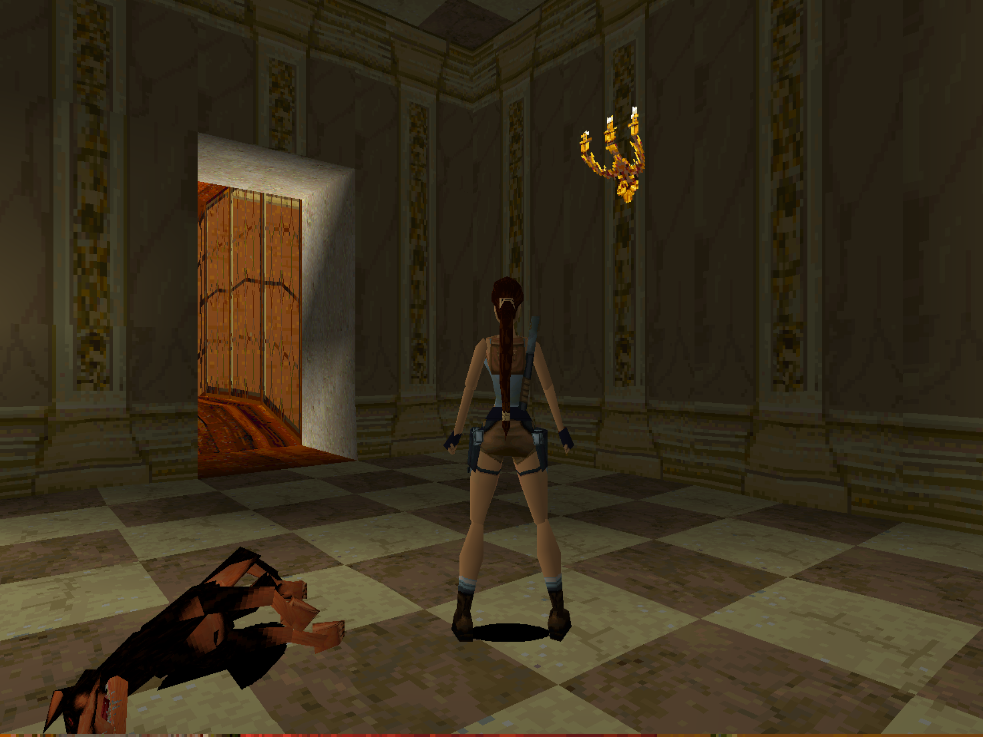
PCem
This is a new core that is still a work-in-progress but is steadily coming along together with the help of MoochMcGee. It is a libretro port of PCem, a PC emulator that some could consider a rival to Dosbox.
In terms of features, it supports a large variety of graphics, sound cards and BIOS / machine models. It is also unique in that it has 3Dfx Voodoo support. There is also preliminary nVidia Riva 128/TNT emulation that might be further fleshed out.
Together with an x86/x64 dynarec, it has been possible to play Pentium/Windows 9x-era games with 3Dfx Voodoo support at playable framerates.
Right now, this core is not yet ready but is making considerable strides. Video is now working, the runloop is more or less implemented, all that remains is adding all the remaining options and improving keyboard/mouse support.
GameGirl
This is not a libretro core project but a hardware project. Jean-Andre Santoni (Lakka head developer) and engineer David Perrenoud have created an open-spec portable handheld console called the ‘GameGirl’.
Please check it out and like it .
It consists of a 120Hz 320×240 display connected to a Raspberry Pi Zero.
Its main distinguishing points are:
- Uses the Lakka distribution (and therefore by all accounts is a RetroArch/Libretro handheld portable game console)
- Thin and tiny (only 66 mm x 99 mm)
- Very inexpensive
- Ability to shutdown at any time because of the Lakka distribution (it has a read-only filesystem which allows the user to turn off the device at any one time without the risk of corrupting the filesystem)
- Future prototyps will include a thin-film rechargeable battery and a proper speaker (current prototypes will have a buzzer
- An inexpensive and convenient portable solution for Lutro-based games (Love2D based games) and the Craft Minecraft core is an enticing offer.
By liking the project on Hackaday, you can help along its funding.

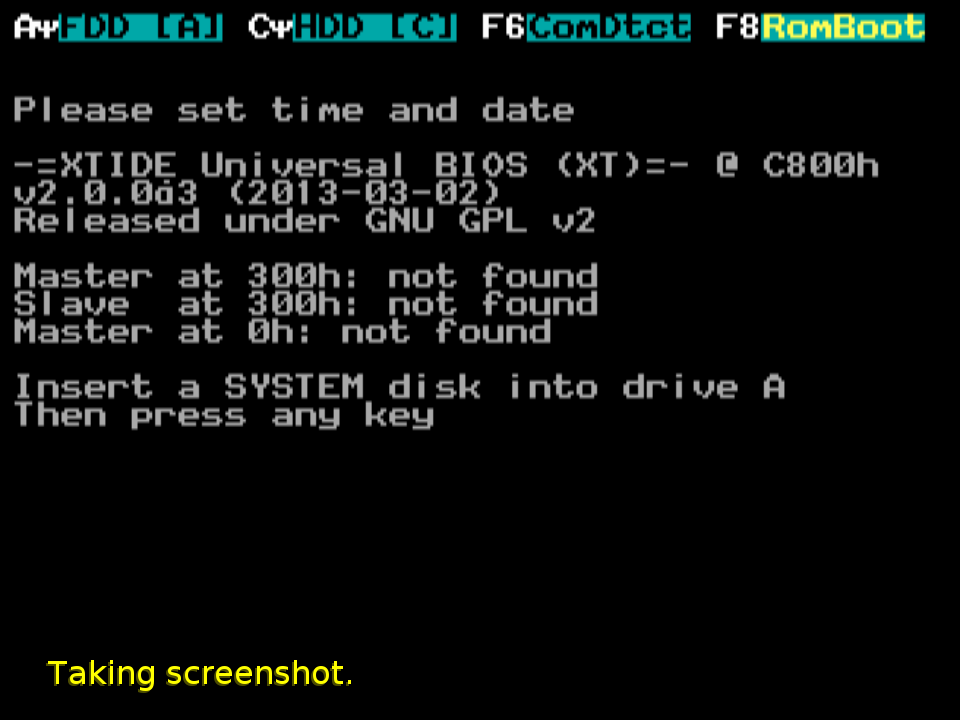


Anonimoslaw
April 10, 2016 — 11:55 am
Could you attach some pictures how to activate this Upscaling? Is core called “PlayStation (Medanfen PSX)” the “Beetle/Mednafen PSX” core? I cannot find anywhere “Beeetle” written.